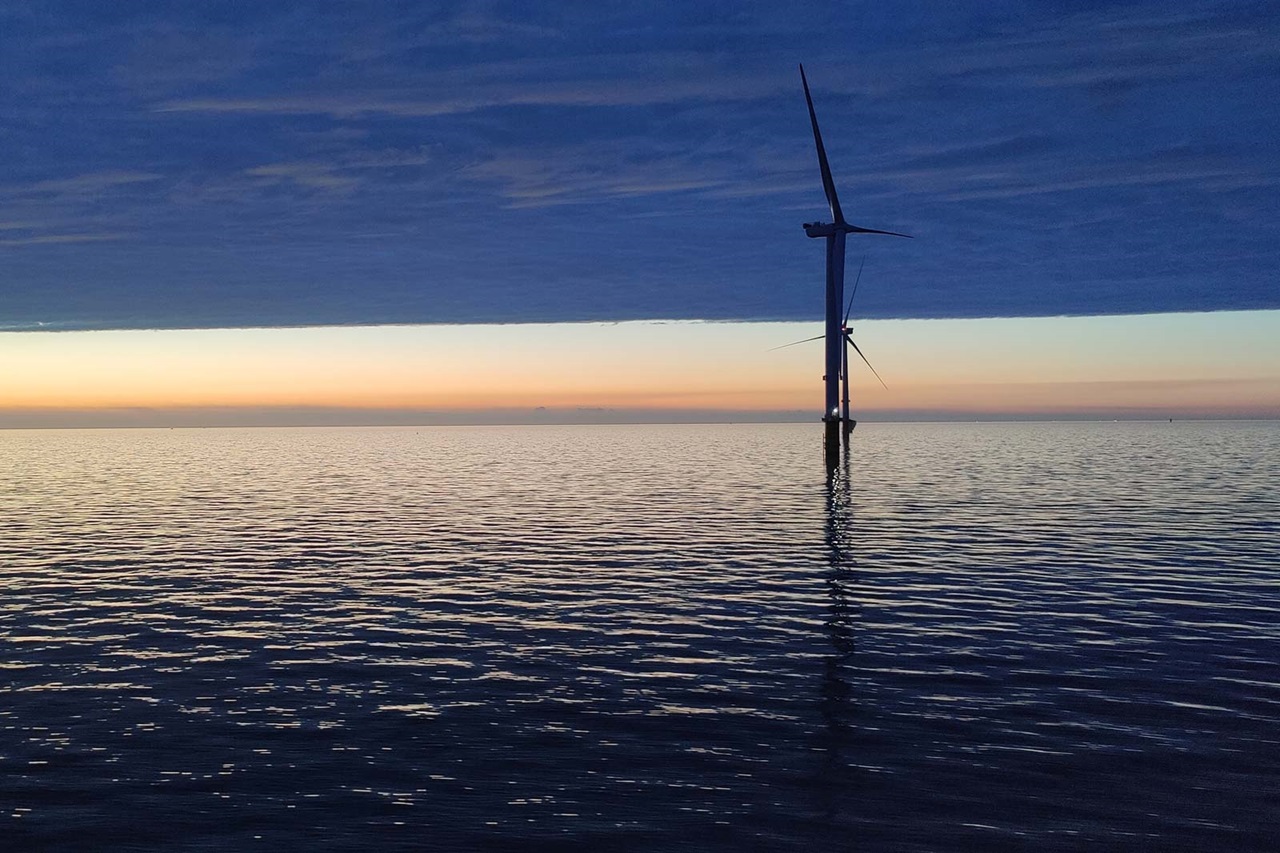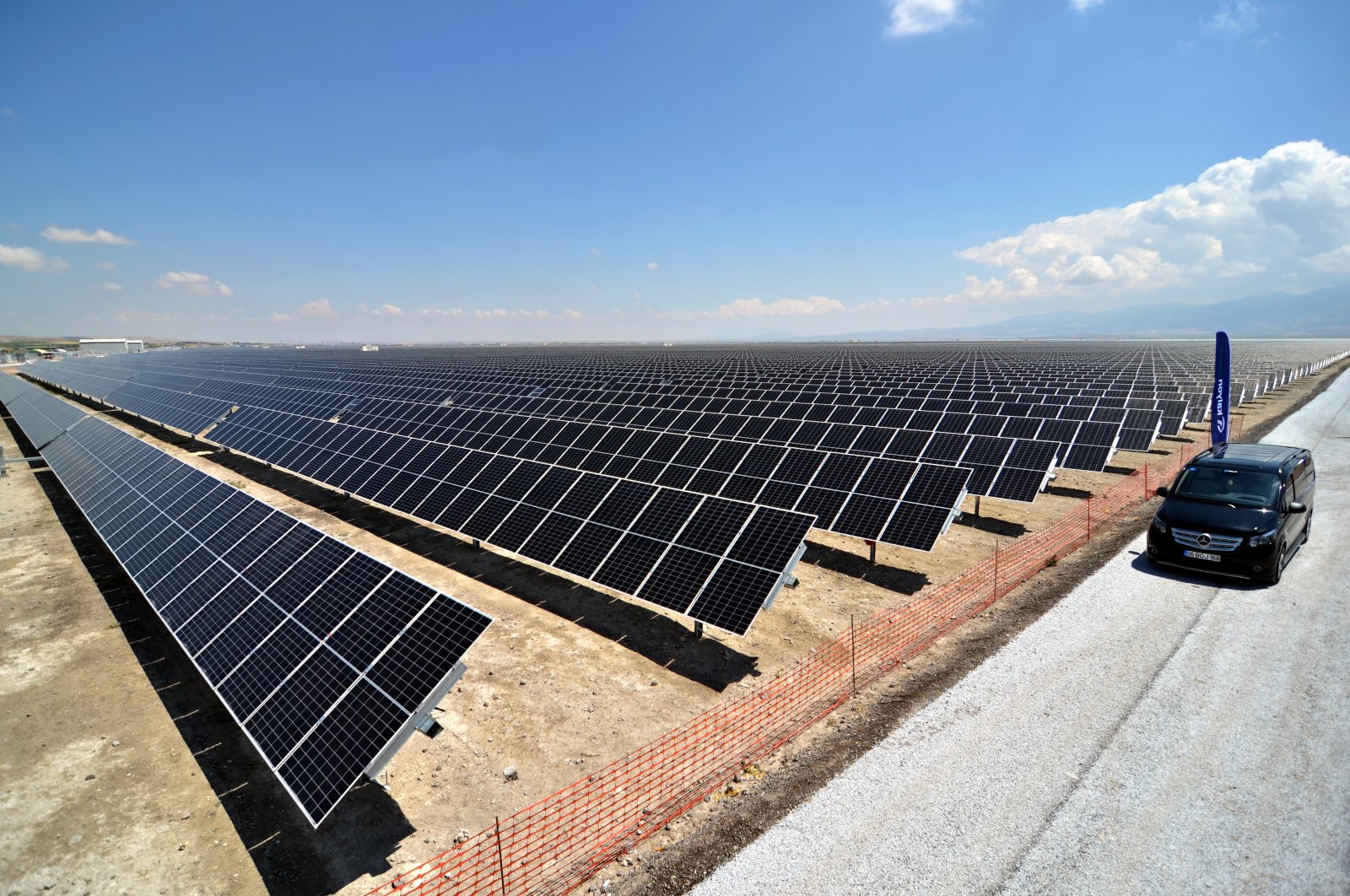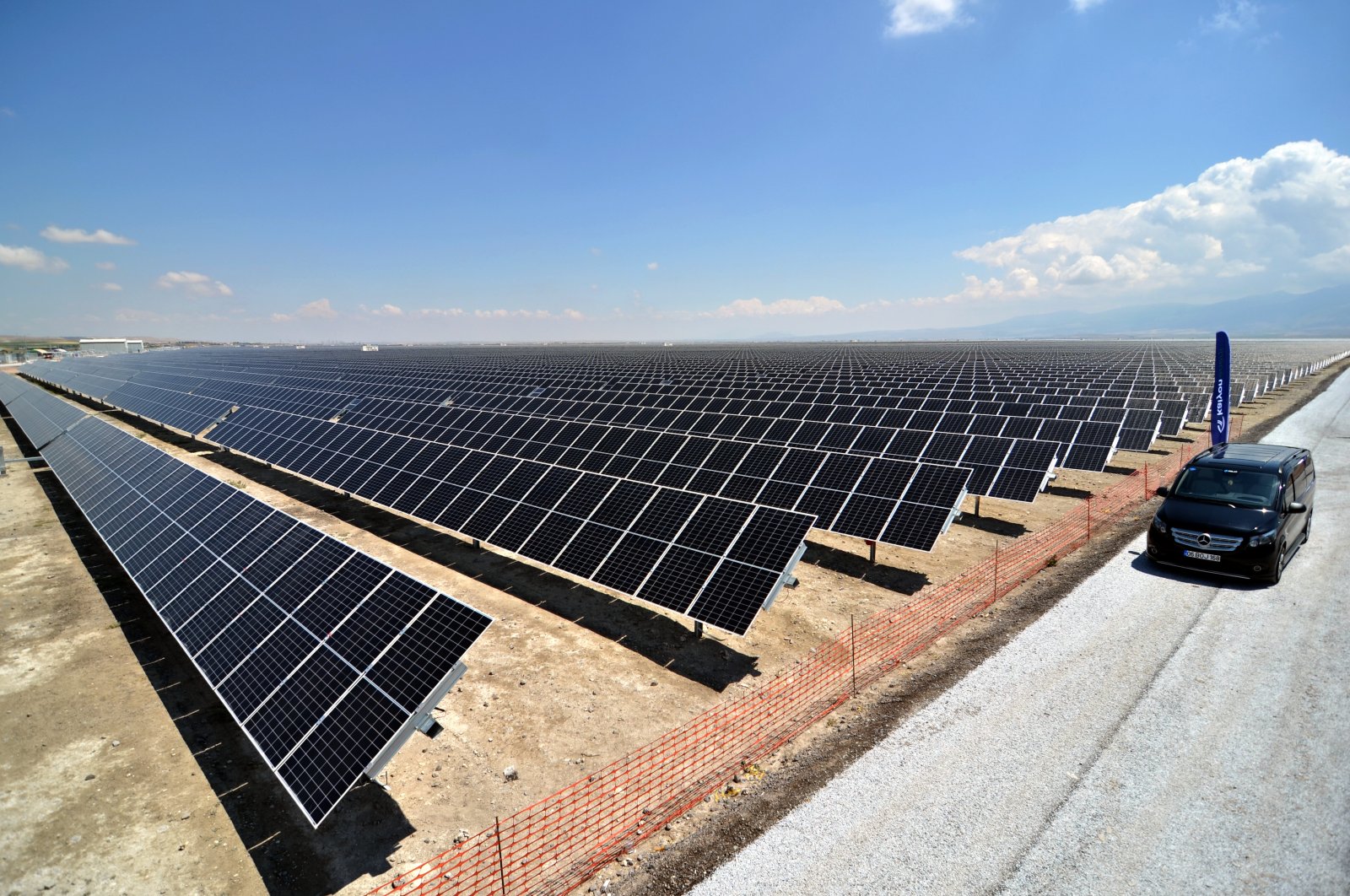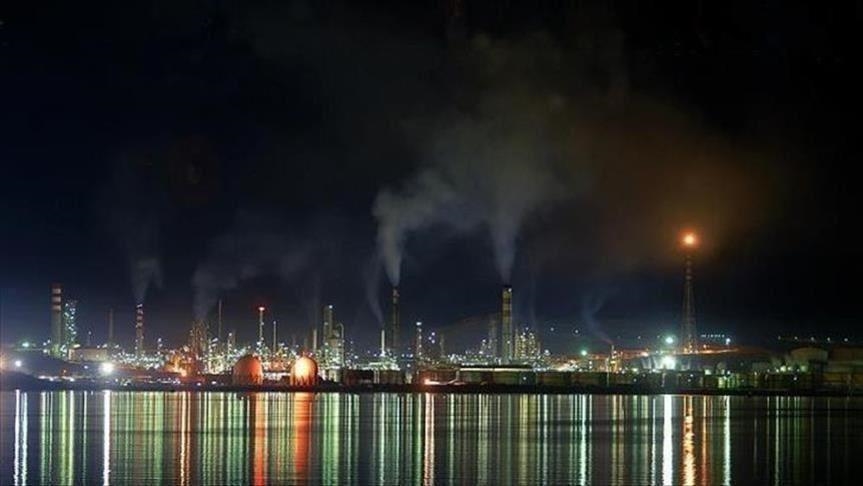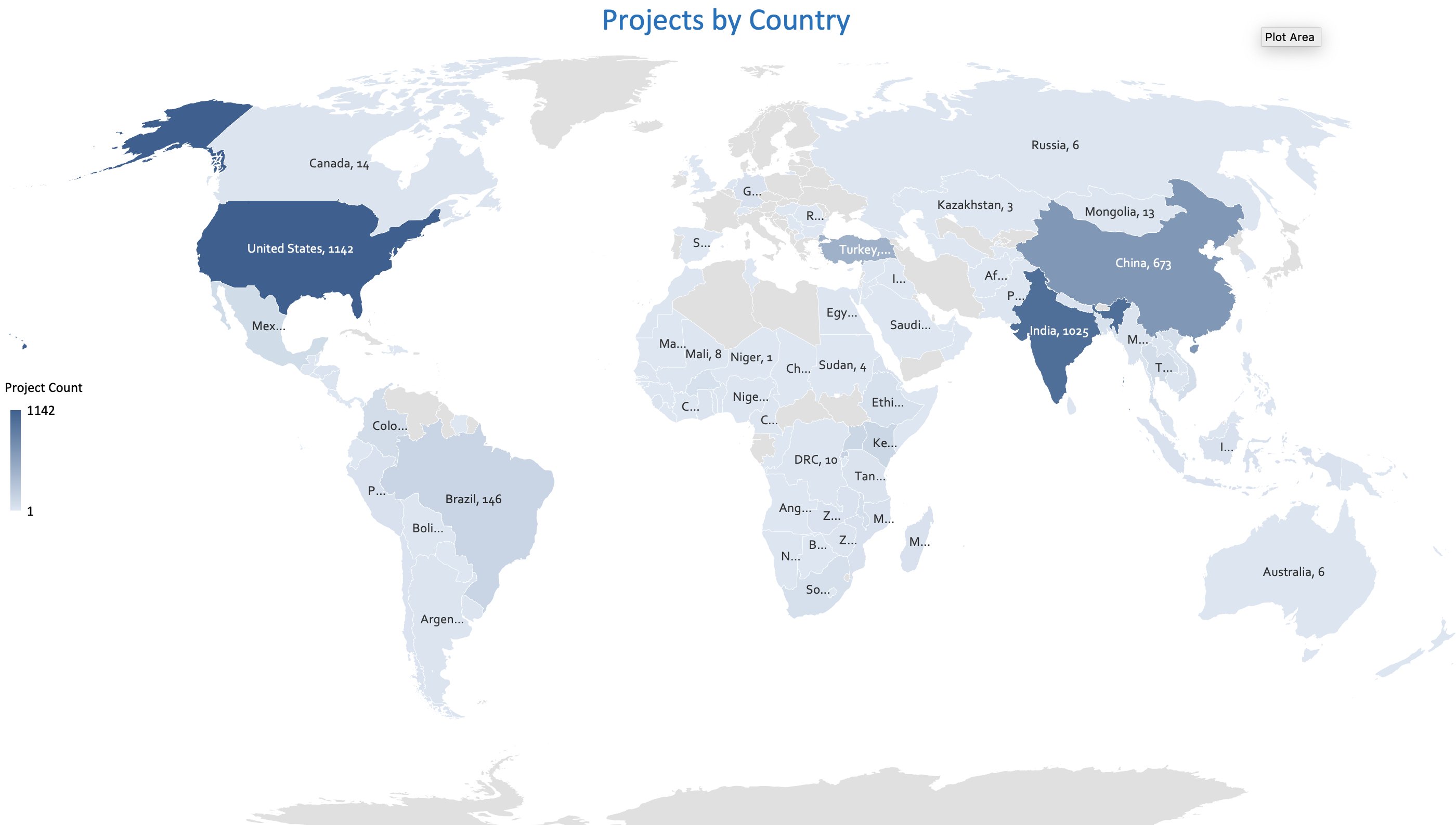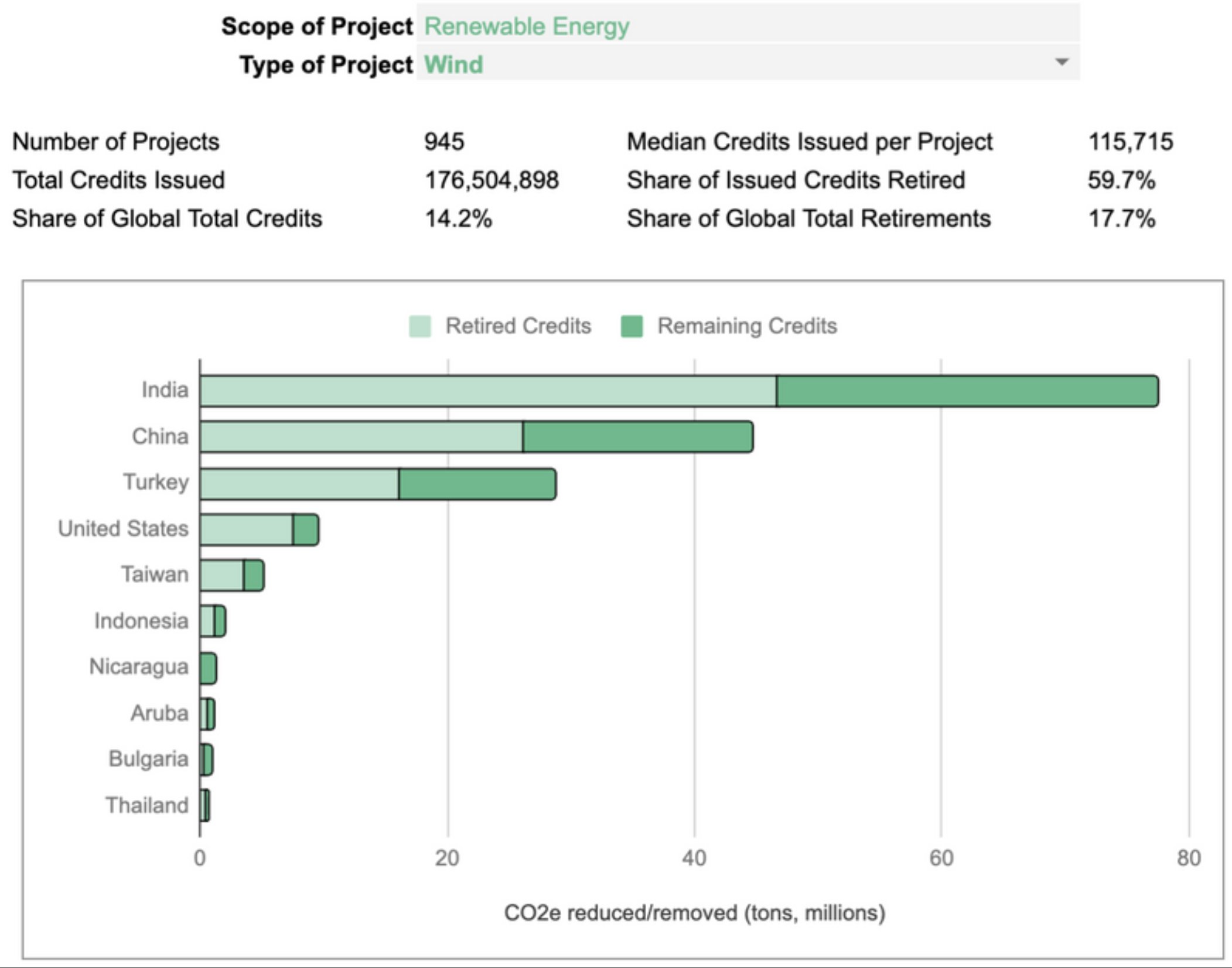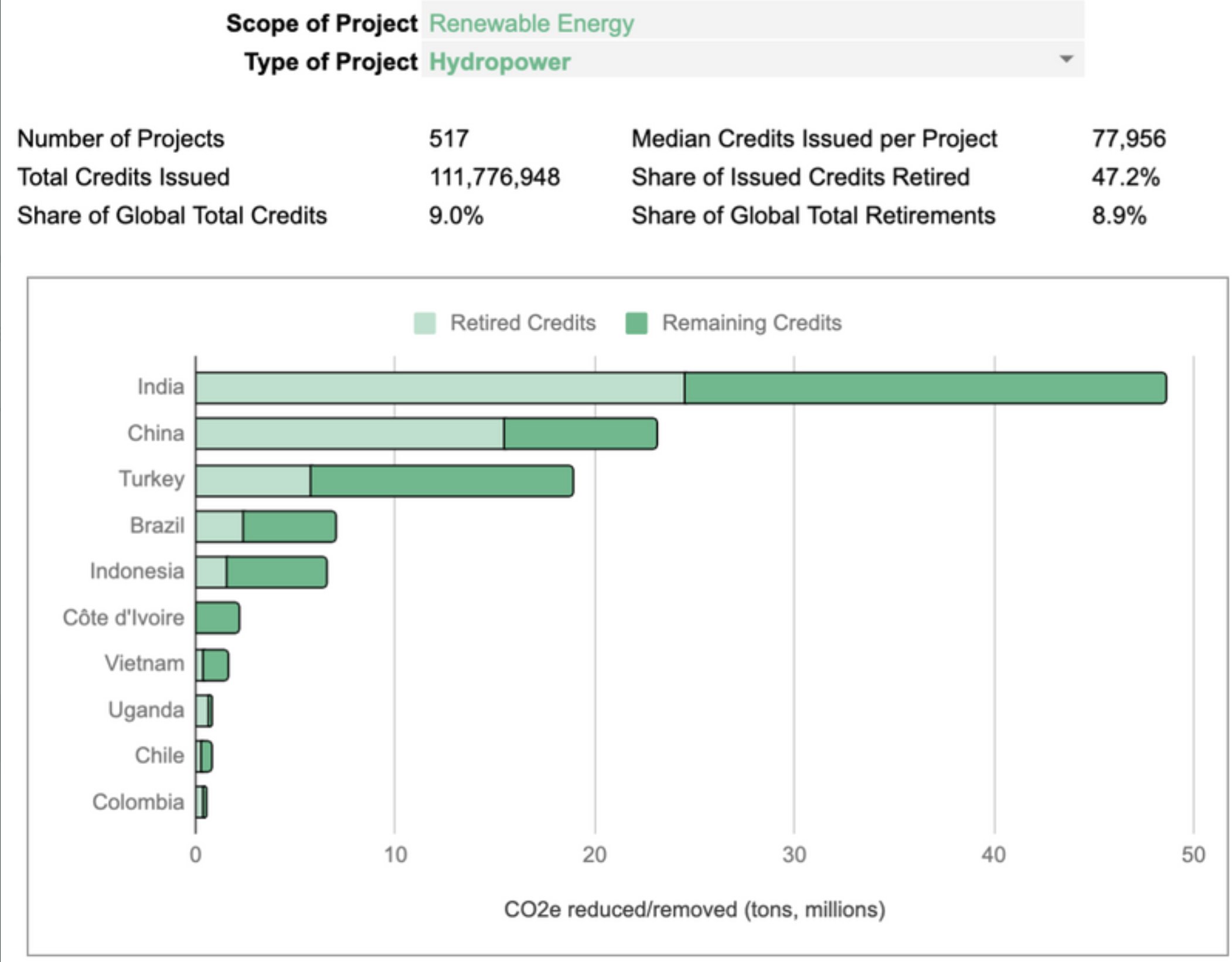I recall we’ve shared water turbines in this thread that are laid down and different than the dams, where some of the water is being led into it, and back into the river.Actually a water wheel on a small river could slow down the stream which could affect ecology and life on that river (much smaller scale than a dam does, but still affects). Everything we do has some footprint on nature but on the other hand also I thought he is sarcastic though..
Mate, believe me I have studied these things for years, yes everything we do harm the nature but ecological footprint wise; damage from wind and solar are extremely low, clean. Do you know how much water is wasted to produce shale oil or shale gas? How dirty is the process of hydrocarbons. Every other energy production is much worse than wind and solar. Our cities! are blocking wind much more than those aerodynamically built wind turbines so we are not damaging ecology very much (or stealing). Wind is still there, after passing turbine blades it reaches to nature but our cities block wind streams or traps sunlight much more than power plants.
Almost all energy in the Earth comes from the sun. Wind, wave, solar, hydrocarbon.. everything except nuclear and geothermal. And not all coming energy is UV or sunlight which is collected by panels and even panels cannot collect 100% of the light hitting to their surface. Yes if you cover whole deserts with solar panels you can cool down the Earth which could lead serious events, very large solar power plants are affecting temperatures around it there are some studies about these. However average annual solar energy hitting to per square meter of Earth is 1367 Watts. And in one hour 430 exajoules of energy hit to the surface of Earth (nearly 120000 terawatts) we consume 410 exajoules in a year! (as humans)
What you are suggesting is similar to when I take a glass of water from sea, I am stealing it from nature. (and that water returns to sea) Everything we built or do have an impact on nature of course but for electricity generation, solar and wind are more innocent. Otherwise we should return to caves to protect nature.
those should be extremely good and not so harmful to nature Or natural water ways. blocking Waterways are extremely harmful to nature.








